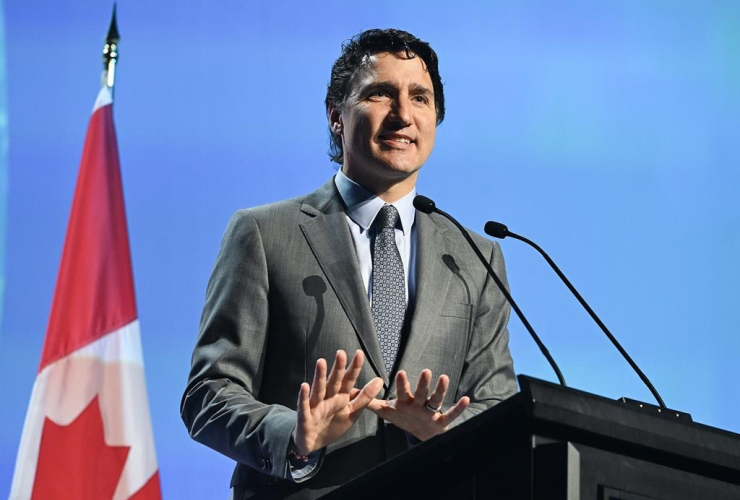Vital signs on the performance and state of B.C.’s ambulance service remain an outstanding mystery, an update from the B.C. auditor general on Tuesday shows.
BC Emergency Health Services (BCEHS) and the Ministry of Health have failed to improve public transparency and accountability for ambulance services, or establish a co-ordinated approach so that patient care meets acceptable medical standards, indicates an extensive review of the province’s track record in response to 18 individual audits involving a wide range of agencies since 2019.
The auditor’s findings, especially on the lack of public transparency or accountability around BCEHS services, are part of a persistent problem plaguing B.C.’s entire health-care system, say health policy experts.
“I don't say this lightly, but B.C. is really in the dark ages when it comes to public reporting of health system performance,” said Andrew Longhurst, a health-care researcher at Simon Fraser University.
“What’s going on with the ambulance service is symptomatic and part of that larger story and larger problem.”
The NDP government, Minister of Health Adrian Dix and provincial health authorities have been repeatedly criticized by media, health professionals and the public for secrecy around health data. The concerns ranged from lack of information about the COVID-19 pandemic, emergency rooms or hospitals, ambulance services and the lack of family doctors, Longhurst noted.
There’s a trend worldwide in advanced health-care systems to make public data accessible and transparent to allow for wider analysis and debate with the goal of improving services, he added.

The province and health agencies like BCEHS certainly collect relevant data, but simply don’t share it to avoid any political repercussions, fostering a culture of secrecy around public health information, he said.
“That’s fundamentally troubling in a democratic society,” Longhurst added.
‘Hard-pressed’ to find worse public accountability
In 2019, BCEHS and the province agreed with the auditor’s original audit findings on transparency and accountability — promising to post regular reports about progress on key initiatives and performance measures on its website.
Little has changed in the three years since the original audit, Longhurst said.
The BCEHS website doesn’t even outline what the targets are for patient care, response times, staffing or qualification levels at a provincial, regional or community level — much less actually report on performance outcomes.
Metrics like the number of medical calls or overdose events paramedics respond to, or how many helicopters or ambulances BCEHS operates, don’t provide meaningful information if they are not paired with some evaluation of service levels or the quality of patient care, or which populations or communities do or do not get them, Longhurst said.
Reporting by ambulance services internationally, or even in neighbouring provinces, puts B.C. to shame, he said.
The Scottish Ambulance Service reports weekly on operations and performance, breaking the data down by geography, Longhurst noted.
The website for Alberta’s Emergency Medical Services features a performance dashboard with quarterly reports on six measures, patient satisfaction surveys and response times broken down by geography. The site also posts updates on promised system improvements and response times against stated targets for urban, rural and remote communities.
“We don’t even have to look across the Atlantic, but look to the province next door to see what can be reported,” Longhurst said.
“I think you'd be hard-pressed to find another province that’s so bad at reporting basic data.”
No one from the Ministry of Health or BCEHS was made available to Canada’s National Observer for an interview or questions on transparency or accountability at the ambulance service before the publishing deadline.
Emergency health services met half of 2019 audit recommendations

BCEHS and the province have met half — or two of four — of the key recommendations outlined in the 2019 audit of BCEHS services, auditor general Michael Pickup said.
The ambulance service has improved performance measures and targets around the timeliness and quality of care provided by BCEHS, the auditor's review found. And BCEHS has devised a strategy and set coverage levels for patients needing advanced care in serious or urgent medical emergencies like cardiac arrest, the report added.
The province intends to address unmet recommendations around transparency and improving the interagency co-ordination to sustain patient care, the auditor’s recent review states.
For the review, the province provided some specific details around progress to improve interagency co-ordination for medical oversight, data sharing and a developing framework for providing care with partners in various communities.
But few concrete details around progress or plans to improve BCEHS transparency or accountability were provided.
The Health Ministry referenced a new performance measure, called in-service hour targets, to reflect the availability of ambulances to respond to a medical call. But no timeline or public reporting method for the new measure or its targets — or any other existing BCEHS performance measure or target — was provided.
In 2021, the minister of health set a benchmark for a nine-minute median response time for BCEHS for the most serious calls, the review noted, but there was no mention around how it intends to report on that threshold.
BCEHS did put out a progress report in 2021 focused largely on paramedic staffing and workplace improvements that didn’t include performance against specific targets for either. Nor did it provide information on paramedic staffing or resources by community, region or in urban, rural or remote areas. The sole patient care performance measure showed the median times for urgent calls across the whole province for the entire year.
One of the few recent and detailed reports posted on the BCEHS website involves a flurry of information early in July related to a damning 2022 report about workplace culture that reportedly only saw the light of day because of a freedom-of-information request by CTV.
Rather than openly examining and sharing the report’s concerns on sexual harassment and toxic workplace culture as an opportunity to learn and commit to improvements, BCEHS continues to treat information as a “liability” and tries to bury it, Longhurst said.
“It’s the entirely wrong approach, especially when people’s lives are literally on the line,” he said.
“That sort of attitude isn’t going to support better outcomes, it’s going to lead to deaths.”
Rochelle Baker / Local Journalism Initiative / Canada’s National Observer







Comments